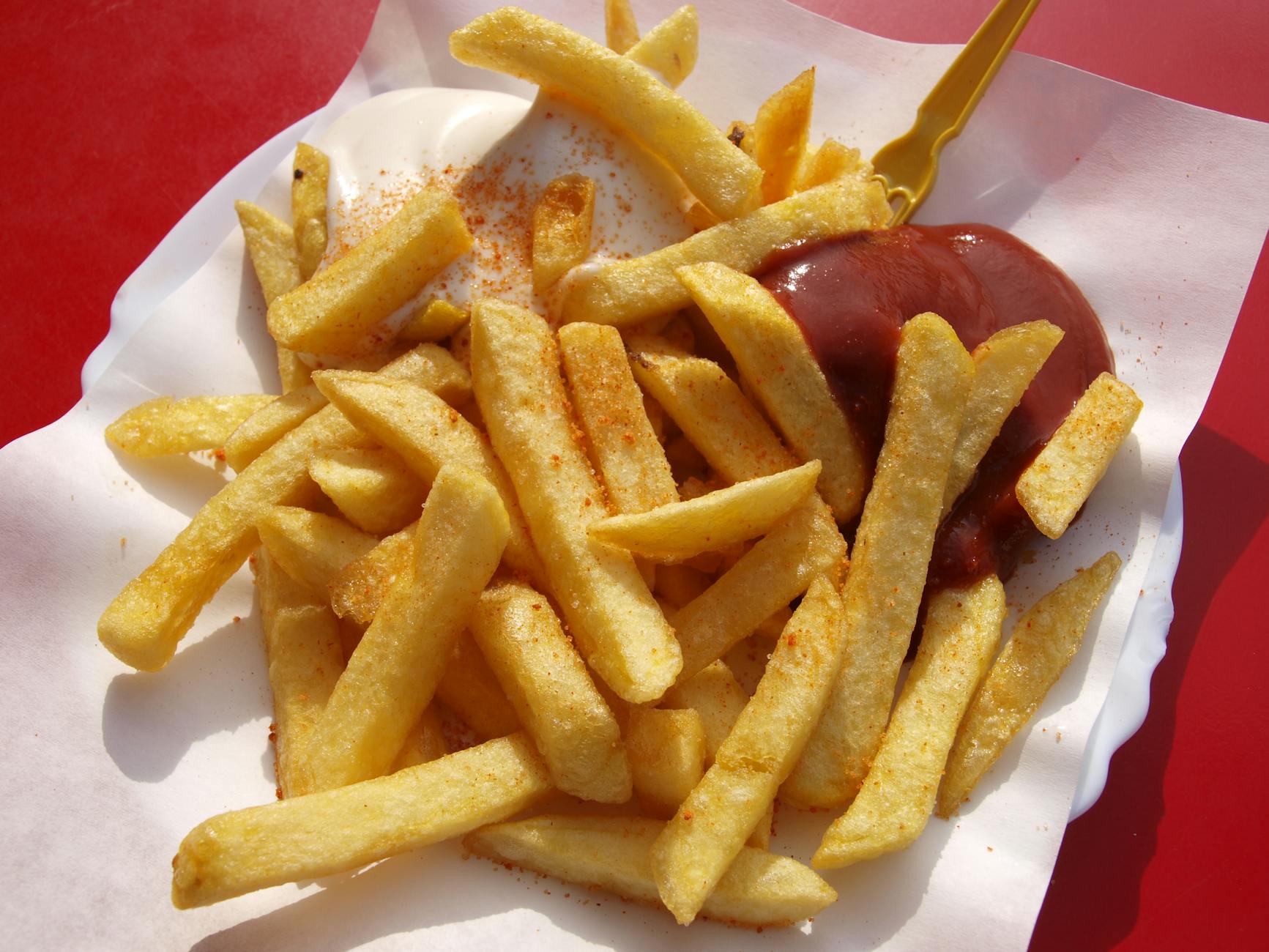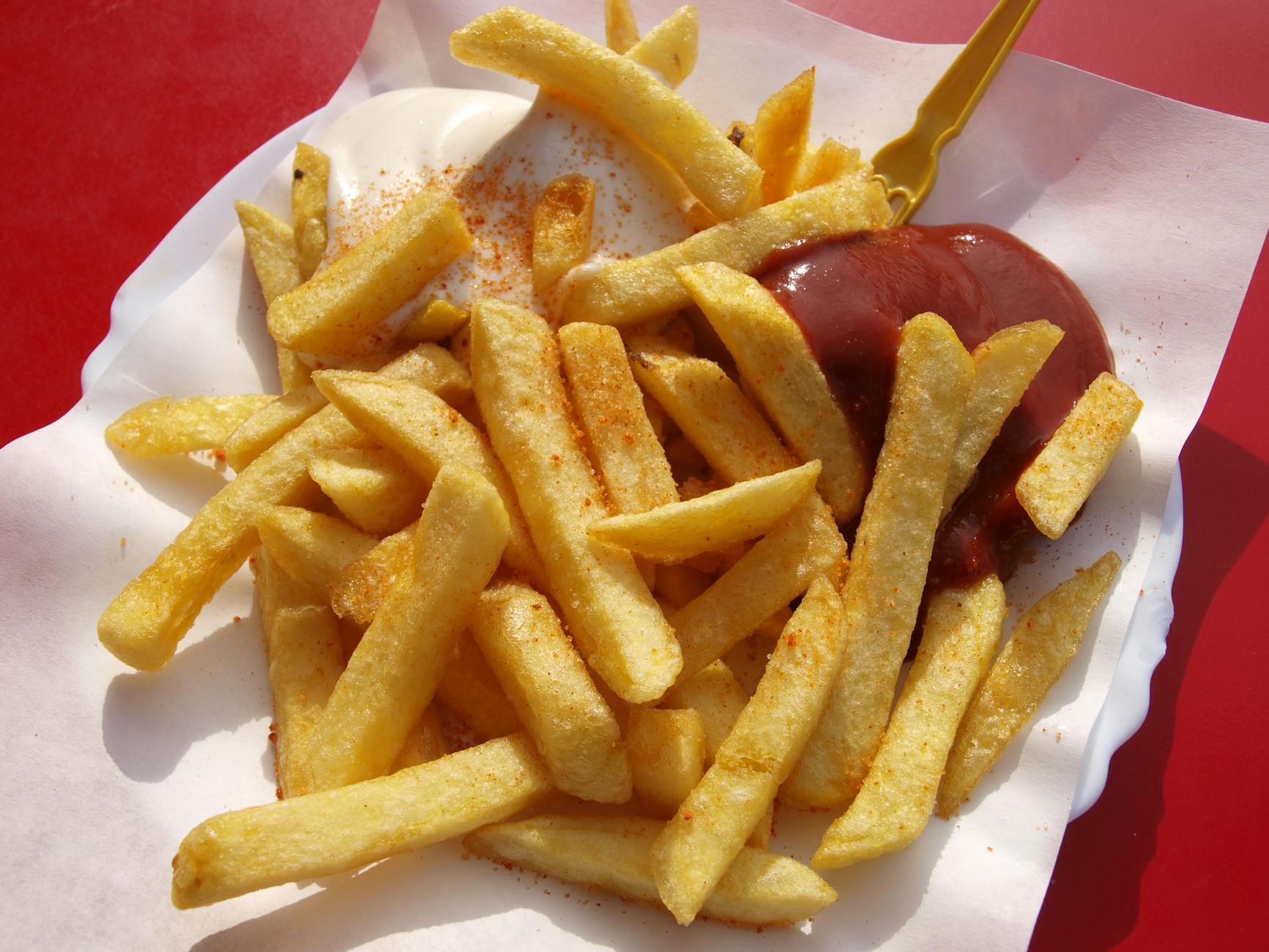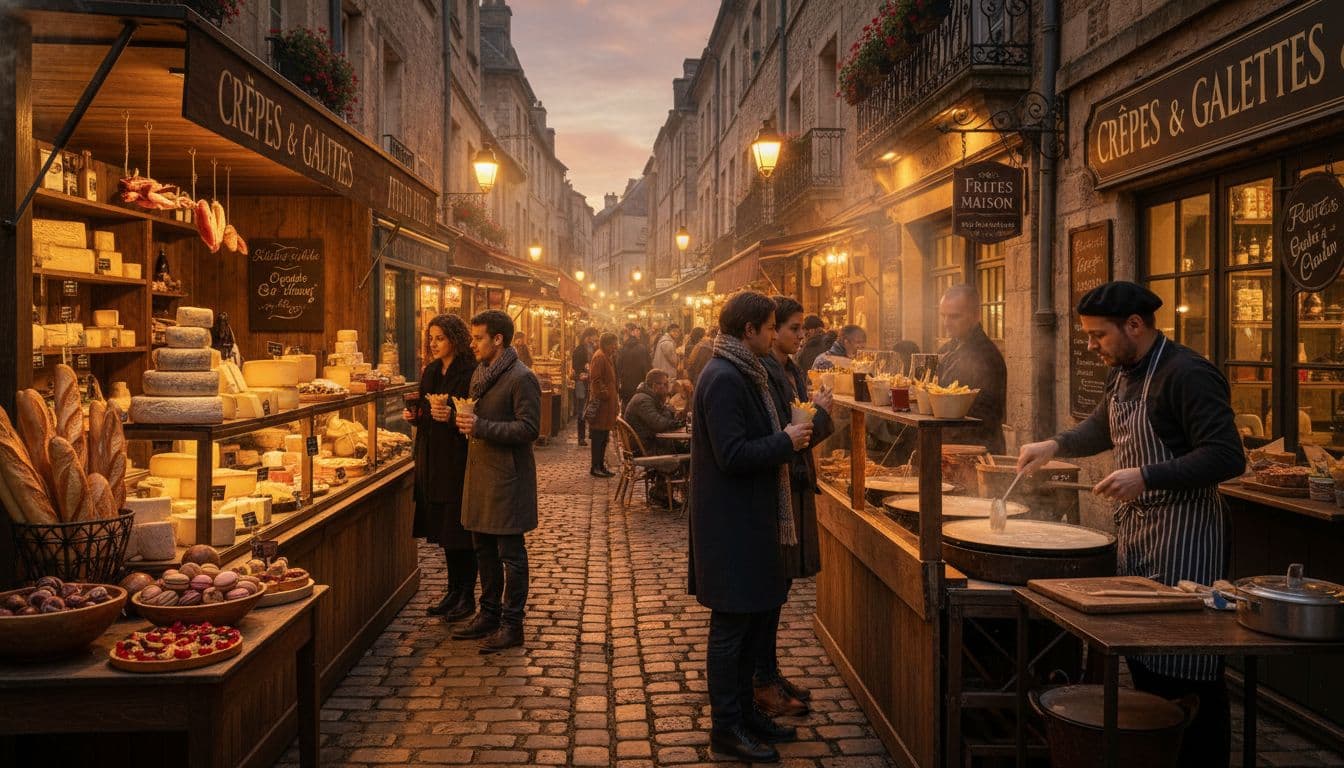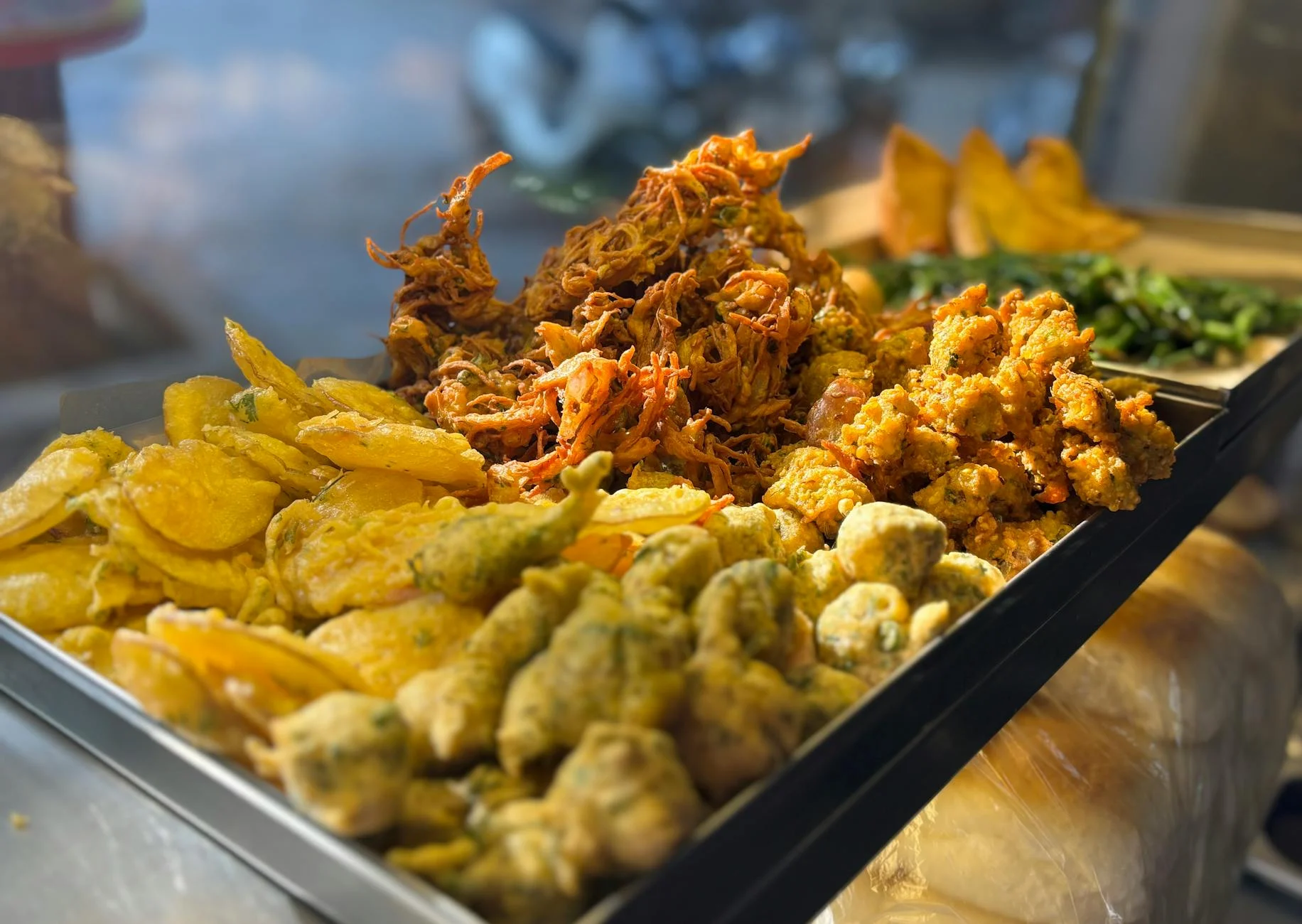Street Food France: What to Eat, Where to Find It, and How to Order 2025
Steam curls off a hot crêpe on a Paris sidewalk. A crisp falafel wrap drips tahini in the Marais. In Rennes, a galette-saucisse warms cold hands outside a match. Down in Nice, a slice of pissaladière tastes like the sea and sun. That is Street Food France today, and it is fast, flavorful, and easy on the wallet.
Here is what you need to know. Street food spans classic regional snacks, market stalls, bakeries to-go, food trucks, and global flavors. It changes by region and season. Expect quick bites between 5 and 12 euros, lines at rush times, bold flavors, and easy-to-carry food. Below, you will find clear picks, where to track them down, and the phrases that get you served fast.
Street Food France by Region: What to Eat and Where
Street food in France is regional. Think handheld, fresh, and made to move. Use these cues to aim your appetite in the right direction.
Paris street food hits: crêpes, falafel, and baguette sandwiches
Crêpes sit at the top. Sweet ones keep it simple, like lemon-sugar or Nutella. Savory crêpes can be rich, like ham and cheese. Many locals swear by busy stands near parks and metro hubs. For picks and tips, this round-up of the best street crêpes in Paris shows why people line up and what to order first.
Falafel in the Marais draws crowds at lunch. Stands around Rue des Rosiers stack pita with crunchy chickpea fritters, pickles, and sauce. If you want a guide with comparisons and street addresses, check this detailed look at falafel on and around Rue des Rosiers.
Grab-and-go baguette classics stay strong too. A fresh jambon-beurre with good butter and cornichons is perfect for a stroll. Many cafés sell croque-monsieur to-go, wrapped and hot. Burger and smash-burger trucks park near Canal Saint-Martin, tech hubs, and weekend markets. For variety, aim for Marché des Enfants Rouges or Marché d’Aligre, where vendors rotate daily specials.
- Where to look: Le Marais, Canal Saint-Martin, Marché des Enfants Rouges, Marché d’Aligre.
- Price and time: 5 to 12 euros per item, 5 to 20 minutes wait at peak lunch.
Brittany and Normandy: crêpes, galettes, and galette-saucisse
In the northwest, you will see two styles. Sweet crêpes use white flour and often come with butter and sugar, jam, chocolate, or salted caramel. Savory galettes use buckwheat flour and hold fillings like cheese, egg, mushrooms, or sausage.
The star of Rennes is the galette-saucisse, a hot grilled sausage wrapped in a buckwheat galette. You will see it at markets and near stadium gates on match days. To learn what it is and how locals treat it, see the quick overview on galette-saucisse. For more context on what to eat in the region, this guide to Brittany food and drink covers market days, cider, and everyday picks.
Seaside crêpe stands often feature local butter and caramel fillings. Pair your snack with cider, dry or sweet, poured in a cup. Buckwheat is usually gluten free. Cross-contact is common on shared griddles, so ask before you order.
South and Mediterranean: socca, panisse, and seaside snacks
Nice runs on socca, a thin chickpea pancake that comes hot, salty, and black-pepper sharp. Eat it plain, folded, and fast. In Marseille and Provence, panisse, which are chickpea fries, show up in cones with lemon and salt. Pissaladière, a sweet onion tart with anchovies, tastes rich and savory. Try pan bagnat, a Niçoise sandwich packed with tuna, egg, and tomatoes, pressed in a round roll. You may also spot fougasse, a leaf-shaped bread that tears easily for the beach.
- Where to look: Cours Saleya in Nice, Vieux-Port areas, summer night markets, beach promenades.
- Price and time: 4 to 10 euros per piece, best late afternoon and warm evenings.
Lyon and the Alps: French tacos, saucisson brioché, and winter market melts
French tacos are a Lyon trend that spread nationwide. Picture a big flour tortilla stuffed with meat, cheese sauce, and fries, then pressed on a grill. Sauces matter. You will see names like blanche, algérienne, samouraï, and andalouse.
For something more old school, find saucisson brioché, a slice of sausage baked into a loaf of brioche. Winter markets in alpine towns sell raclette sandwiches with hot cheese scraped onto bread, or tartiflette bowls with potatoes, lardons, and Reblochon. Bugnes, a light fried pastry, pop up around Carnival.
Food halls and events make tasting easier. The Lyon Street Food Festival and large halls give you a dozen stalls under one roof. Expect 7 to 12 euros for tacos, 4 to 6 euros for a slice of saucisson brioché, and 8 to 14 euros for raclette or tartiflette items. Portions are hearty.
Alsace and the East: bretzels, flammekueche slices, and Christmas markets
Alsace likes warm bretzels in the morning and late afternoon. Flammekueche, a thin bread with cream, onions, and bacon, often sells by the slice in street stands. Some vendors riff with a choucrout’ dog, a sausage loaded with sauerkraut and mustard. In the cold months, Christmas markets in Strasbourg and Colmar serve mulled wine or juice, hot pretzels, spaetzle bowls, and sweets.
Crowds can be thick at peak times. Many stands accept contactless payment, but keep coins for small treats. Dress warm, use your free hand for a hot drink, and scout a wind-free corner to eat.
Street Food France for Every Budget and Diet-Street Food France
You can eat well on a small budget, and you can find choices for many diets. Use the notes below to guide quick orders.
Cheap eats under 10 euros that still taste great-Street Food France
- Jambon-beurre: Fresh baguette, ham, butter, often under 5 to 6 euros.
- Crêpe sucre: Butter and sugar, 2.50 to 4.50 euros in many towns.
- Slice pizza from a camion pizza: 3 to 5 euros per slice, common in small towns.
- Kebab and fries: 7 to 9 euros, add 1 euro for a drink.
- Panisse cones: 4 to 7 euros along the Med.
- Bretzel: 2 to 4 euros in Alsace and big stations.
- Canelés in Bordeaux: 1 to 2 euros each, or small box deals. Street Food France
How to spot value:
- Look for lunch formulas with a sandwich, drink, and dessert.
- Check student specials near campuses.
- Watch for “formule midi” signs and chalkboards.
 Photo by Marco Fischer
Photo by Marco Fischer
Vegetarian and vegan picks you can find in most cities
- Falafel wraps with tahini and salads.
- Veggie galettes with mushrooms, egg, and cheese. Ask for no cheese for vegan.
- Socca, naturally vegan.
- Panisse, chickpea fries, often vegan.Street Food France
- Pissaladière without anchovies, ask for the onion-only slice.
- Hummus bowls and mezze at busy markets.
- Seasonal salads in baguettes.
Quick tip: If you need dairy-free, say “sans beurre, sans fromage.” For egg-free, say “sans oeuf.” Street Food France
Halal, kosher, and gluten-free: how to ask and what to choose
Signs to spot: Street Food France
- Halal: “halal” on the window or menu.
- Kosher: “casher” or “kosher,” with supervision notes in some cases.
- Gluten-free: “sans gluten” labels, or dedicated bakeries with clear signs.
Helpful picks:
- Falafel in the Marais is a classic, and many shops label items. For a sense of the scene and addresses, this guide to falafel in the Marais helps you compare popular stops.
- Halal kebab shops are common in most cities and towns.
- Pure buckwheat galettes can be gluten free if the batter is 100 percent blé noir and the griddle is separate. Ask about cross-contact. Many crêperies use one plate for all batter, so be clear.
- Dedicated gluten-free spots exist in big cities. Search “boulangerie sans gluten” plus the city name.
Always ask about sauces. Some contain gluten, dairy, or eggs.
Sweet street treats to try on the go
- Gaufres, crisp waffles dusted with sugar.
- Churros at fairs and seaside stands.
- Crêpes with salted caramel in Brittany and Normandy.
- Canelés in Bordeaux, caramelized on the outside, soft inside.
- Chouquettes from bakeries, light puffs with pearl sugar.
- Ice cream on coastal promenades in summer.
- Praline brioche in Lyon, pink and nutty.
Pairing ideas:
- Hot chocolate or tea in winter.
- Cider with crêpes in Brittany.
- Espresso with canelés in Bordeaux.
Where to Find the Best Street Food France: Markets, Trucks, and Festivals
Use this section when you land in a new city. It shows where to go first, how to track trucks, and what events to plan around.
Markets and food halls with many choices in one stop
- Paris: Marché des Enfants Rouges sits in the Marais with global stalls and French classics. Marché d’Aligre mixes a covered hall and outdoor sellers, great for quick bites.
- Lyon: Les Halles de Lyon Paul Bocuse offers charcuterie, cheeses, oysters, and to-go counters.
- Nice: Cours Saleya is famous for socca stands, flower stalls, and produce. It is lively in the morning and late afternoon.
- Bordeaux: Marché des Capucins packs seafood counters, canelés, and sandwiches.
What to expect:
- Best times are early lunch on weekdays or later in the afternoon.
- Weekends are crowded. Arrive when stalls open to avoid lines.
- Walk the whole space once, then choose. Watch where locals queue.
For a deeper look at regional specialties and market rhythms in Brittany, including where galette-saucisse scents the air on Saturdays in Rennes, read this guide to what to eat and drink in Brittany.
Food trucks and pop-ups: how to track them
Trucks rotate between business districts, campuses, and waterfronts. Most post daily spots and hours on Instagram stories. Lunch windows run from 12 to 2 pm, with early sellouts on sunny days. You will see smash-burger trucks, pizza vans, taco stands, and dessert trucks near parks on weekends. Bigger cities host street food courts on Friday nights where multiple trucks park together.
Bring a card, but have a few coins in case a small vendor has a minimum. If the line is long, place your order, step aside, and listen for your name.
Street food festivals and seasonal events in 2025
Mark a few highlights:
- Lyon Street Food Festival, a multi-day event with chefs, global stalls, and live demos.
- Paris pop-ups like Street Food Temple at Carreau du Temple, where local brands test new ideas.
- Coastal night markets in July and August, perfect for panisse, grilled sardines, and ice cream.
- Alsace Christmas markets in late November and December, with pretzels, flammekueche, and hot drinks.
Planning tips:
- Buy tickets early for big festivals.
- Arrive hungry and share plates.
- Bring contactless payment and a tote for bottles or jars.
For a student view on tasty stops in Rennes, and how crêpes split between sweet and savory, this piece on how to eat, drink, explore Rennes gives a casual overview.
Seasonal moments: what to eat in summer and winter
Summer bites:
- Socca, panisse, pan bagnat, gelato, grilled sardines at local fêtes.
- Eat near the water if there is a breeze.
Winter warmers:
- Raclette sandwiches, tartiflette bowls, pretzels, roasted chestnuts, and mulled drinks.
- Dress in layers and find covered corners or heated terraces.
Order Like a Local: Quick Phrases, Etiquette, and Safety
A few words and habits go a long way. You will order faster and get friendlier service.
Simple French phrases that help you order fast
- Bonjour, s’il vous plaît. (Hello, please.)
- Je vais prendre… (I will have…)
- Avec ou sans sauce? (With or without sauce?)
- C’est combien? (How much is it?)
- À emporter. (To go.)
- Merci, bonne journée. (Thank you, have a good day.)
Common sauce names for tacos, kebabs, and fries:
- Blanche, algérienne, samouraï, andalouse.
Paying and queuing: what to expect
Most places take cards and contactless. Some small stands prefer coins. Queue in a single line, place your order, then pay when asked. Keep small change for markets. Tipping is not required. Rounding up or leaving the coins from your change is kind.
Food safety and allergy tips
Pick busy stalls with steady turnover. Hot food should be hot, not warm. Cold food should be chilled. If you have allergies, ask clearly about nuts, gluten, dairy, eggs, and cross-contact. When in doubt, pick sealed items or simple dishes with fewer sauces.
Beat the lines and skip tourist traps
Go off-peak. Try early lunch or mid-afternoon. Walk one block off the main square for better prices. Check the board for daily specials and watch what locals order. If the menu lists the same photo-heavy dishes in five languages, compare prices with a spot around the corner before you decide.
Conclusion
Street food in France shines in the open air. You get crêpes and falafel in Paris, socca in Nice, French tacos in Lyon, and winter market melts in the east. Pick one region, one market, and two bites to start. Learn a phrase or two, carry a card and a coin purse, and follow your nose. Share a plate with a friend and make Street Food France part of your day.






Leave a Reply